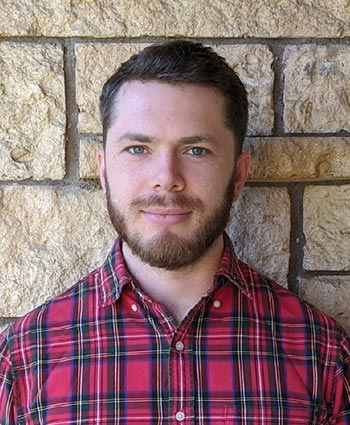
Logan Wilder studies the electrode/electrolyte interface and the electrocatalytic generation of useful chemicals like hydrogen and ammonia. Logan is interested in controlling the molecular structure of the electrode-electrolyte interface to improve the efficiency of electrosynthesis methods, such as by introducing strain, defect sites or heteroatoms into catalysts. Logan is working with transition metal dichalcogenide catalysts, a class of 2D materials which show excellent stability and are promising for use in the nitrogen reduction and hydrogen evolution reactions. Logan came to NREL in 2022 as a postdoctoral researcher. Logan performed his doctoral studies at the University of Texas at Austin under the advisership of Richard Crooks. His doctoral studies focused on controlling the structure of ligands at the nanoparticle-solvent interface and also on developing basic electrochemical techniques for droplet microfluidics.
For additional information, see Logan Wilder's LinkedIn profile.
Disclaimer: Any opinions expressed on LinkedIn are the author’s own, made in the author's individual capacity, and do not necessarily reflect the views of NREL.
Research Interests
Developing transition metal dichalcogenide-based electrocatalysts for the nitrogen reduction reaction
Improving the performance of hydrogen evolution photocathodes by 2D material coatings
Solution exfoliation of transition metal dichalcogenides
Education
Ph.D., Chemistry, The University of Texas at Austin
B.S., Chemistry, Virginia Commonwealth University
Featured Work
Electrochemical pH Regulation in Droplet Microfluidics, Lab on a Chip (2022)
Filtering and Continuously Separating Microplastics from Water Using Electric Field Gradients Formed Electrochemically in the Absence of Buffer, Chem Sci (2021)
Interactions between Oligoethylene Glycol-Capped AuNPs and Attached Peptides Control Peptide Structure, Bioconjug Chem (2020)
Conjugation of an alpha-Helical Peptide to the Surface of Gold Nanoparticles, Langmuir (2019)
Share
